Wildlife habitat management plays a critical role in shaping your land to support healthy wildlife populations, making it essential for both hunters and conservationists. Whether you’re aiming to attract more game or improve the ecological health of your property, understanding how to enhance your land through effective habitat management techniques is key. By focusing on habitat creation, predator control, food source management, and seasonal maintenance, you can create a thriving environment that supports diverse wildlife and sustainable hunting.
UNDERSTANDING WILDLIFE HABITAT MANAGEMENT
Wildlife habitat management is a practice that balances the needs of wildlife with the goals of the landowner. The aim is to maintain habitats that support species diversity while ensuring healthy game populations. Through active land management, you can significantly improve habitat quality, attract more wildlife, and create a space where both the ecosystem and hunting opportunities flourish. Practices and applications will vary depending on landowner goals. I recommend consulting with a registered forester and wildlife biologist to find a happy medium to optimize both timber production and wildlife habitat on your land.
The key aspects of wildlife habitat management include
- Habitat Creation: Providing essential resources like food, water, and cover.
- Food Supply: Ensuring year-round availability of nutritious food sources.
- Predator Control: Balancing predator-prey relationships to protect game species.
- Land Monitoring: Regularly assessing the health of your land to make adjustments.
By implementing these techniques, you’ll not only enhance the ecological value of your land but also improve your chances for more successful hunting.
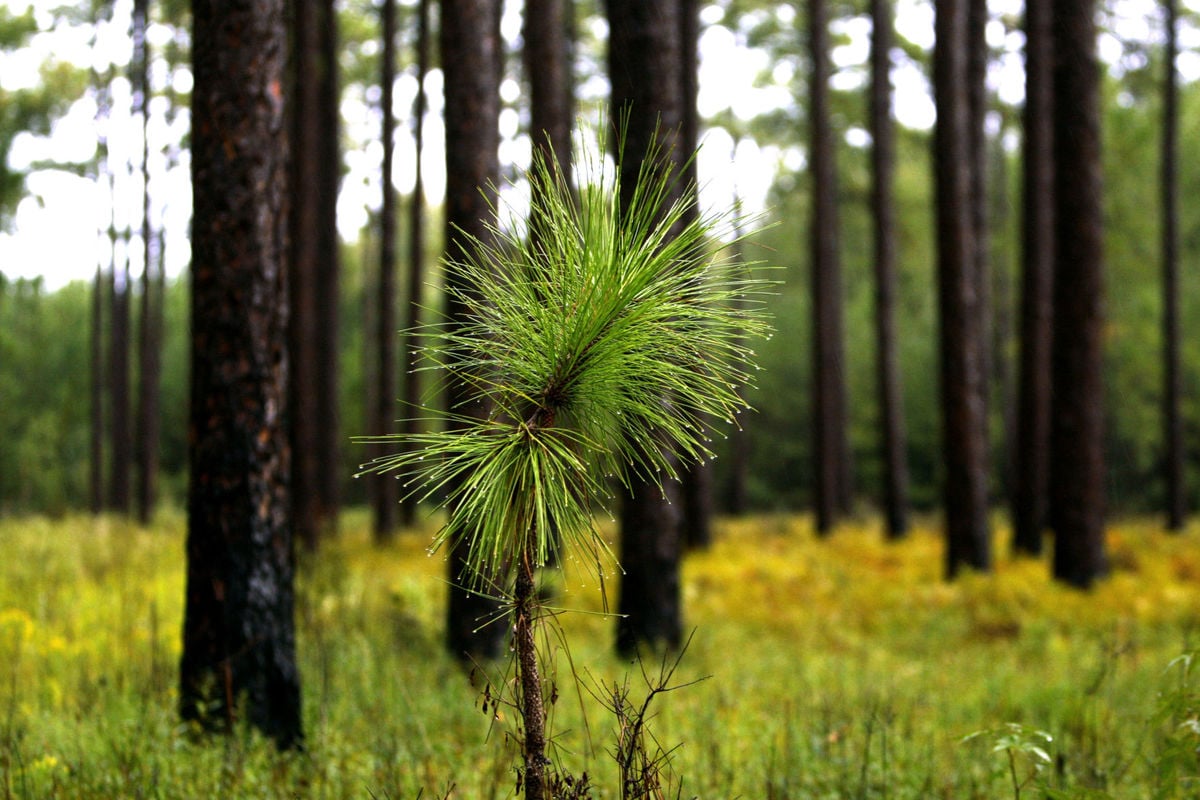
THE ROLE OF HABITAT IN WILDLIFE SUCCESS
Habitat is the cornerstone of a successful wildlife habitat management program. Without the right environmental conditions, wildlife populations struggle to thrive, which affects hunting opportunities. Effective habitat management starts by assessing your land to determine which natural resources are available and what needs to be improved.
External resources like Mississippi State University’s Extension Service offer valuable insights and tips on how to optimize habitat on your property. Another excellent resource is the Mississippi Department of Wildlife, Fisheries, and Parks (MDWFP), especially their Private Lands Program, which aids landowners here in Mississippi.

HABITAT CREATION FOR WILDLIFE
Creating suitable habitats for wildlife involves ensuring the availability of four essential elements: food, water, cover, and space. These elements enable wildlife to survive, reproduce, and thrive. Habitat creation can include developing small wetland areas, planting native grasses, and diversifying vegetation to attract a variety of species.
One particularly effective strategy for enhancing habitat is planting native vegetation. Native plants are adapted to the local environment, providing food and shelter with minimal maintenance. Not only do they reduce your management workload, but they also support a wide range of species by offering natural food sources that wildlife is accustomed to.

WATER SOURCES FOR WILDLIFE
A reliable water source is critical for any wildlife habitat. Whether it’s a pond, stream, or man-made watering hole, ensuring water availability can significantly increase wildlife presence on your property. Animals such as deer, turkeys, quail, small game, and migratory birds rely on these water sources, especially during dry seasons.
To enhance your land’s appeal to wildlife, keep water sources clean and accessible year-round. This will improve both the health and density of wildlife populations, making your property an ideal hunting ground.
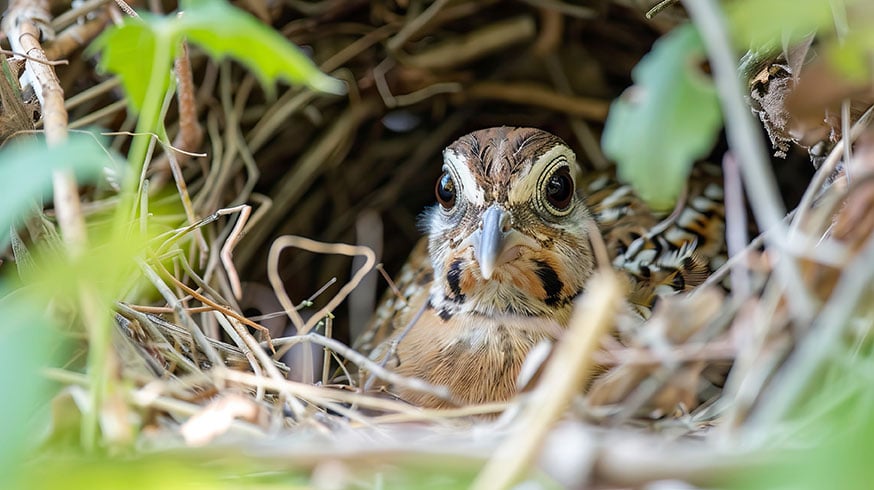
BUILDING SHELTERS AND COVER
Wildlife needs protection from predators and extreme weather conditions, which is why providing adequate cover is so important. Forests, brush piles, tall grasses, and wetlands all offer excellent protection for species like deer, rabbits, and game birds. Creating or maintaining these natural cover areas will ensure that wildlife feels safe and secure.
Additionally, placing nesting boxes for species like waterfowl can encourage them to take up residence on your land. By offering both shelter and food, you create an environment that attracts and retains wildlife year-round.
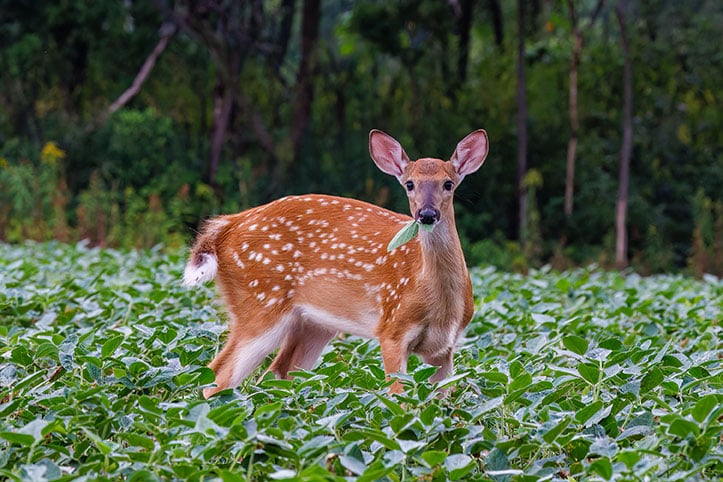
ENHANCING FOOD SOURCES FOR WILDLIFE
Food plots are one of the most popular and effective methods for supporting wildlife on your land. Planting crops like corn, soybeans, and clover provides wildlife with easy access to food, especially during the hunting season. The key to success is to plant a variety of species so that food is available year-round, ensuring a consistent supply for wildlife to rely on.
For those in south Mississippi, MS Farm & Garden in Hattiesburg offers a great selection of seeds and mixes specifically blended for the region. Additionally, be sure to check out Mississippi State University’s Wildlife Food Plot Planting Guide for the Southeast for expert recommendations on what to plant and when.
SUPPORTING DIVERSE FOOD SOURCES
Diversifying food sources on your property will attract a wider variety of wildlife. Beyond food plots, encourage the growth of natural food sources like berries, nuts, and native plants. This variety ensures that wildlife can access the nutrition they need at different times of the year, which in turn improves their overall health and boosts population stability.

THE ROLE OF MAST TREES
Mast trees, such as oak and beech, play a critical role in supporting wildlife, particularly during the fall and winter months when other food sources are scarce. These trees produce acorns, nuts, and seeds that species like deer, squirrels, and turkeys rely on. By incorporating mast trees into your land management plan, you can significantly enhance both your hunting opportunities and the overall habitat quality for wildlife.
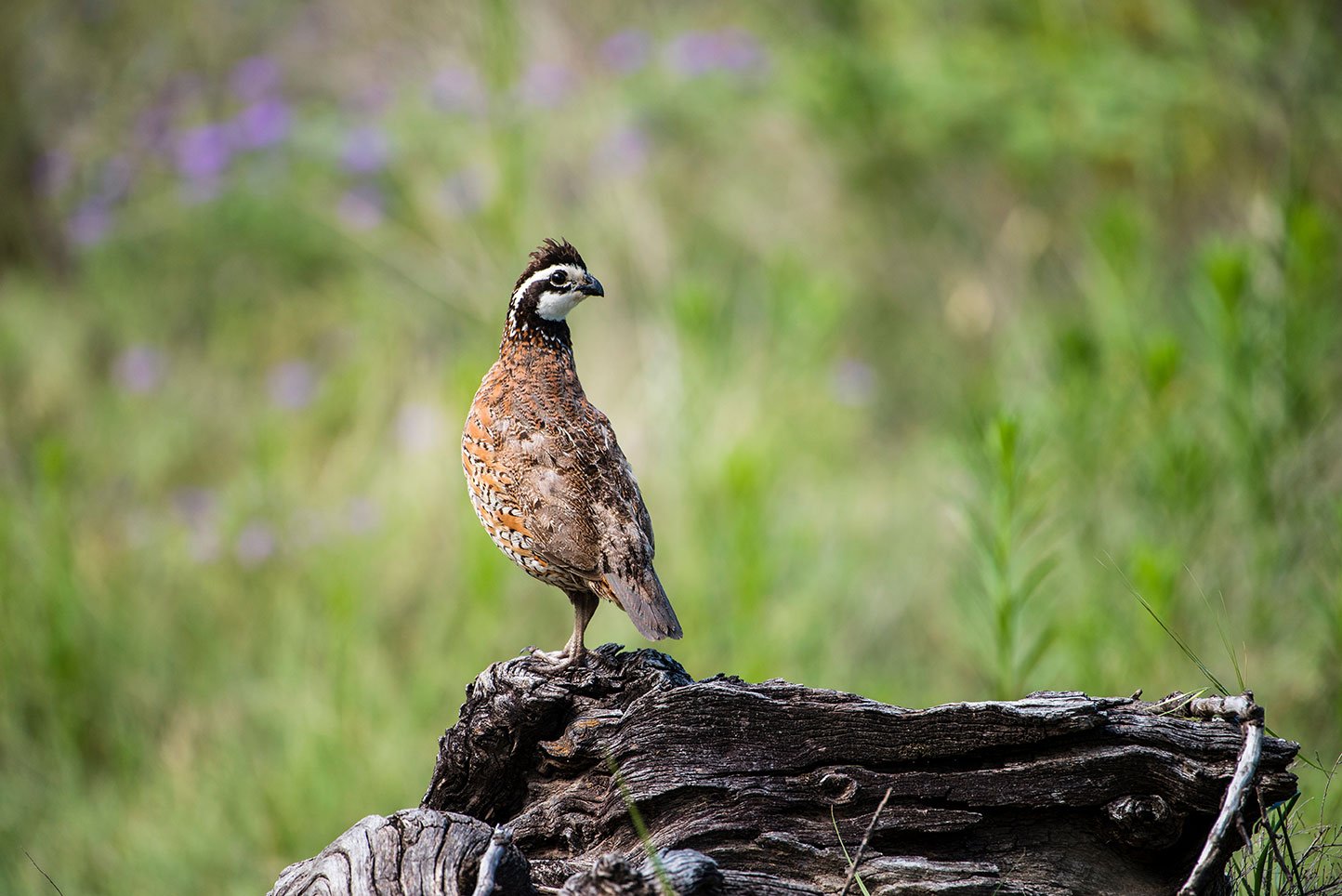
ATTRACTING GAME BIRDS
Game birds such as quail and turkeys benefit from well-managed habitats that include native grasses, shrubs, and undisturbed ground cover. Providing food sources like seeds and insects, along with areas for nesting and roosting, will encourage game birds to thrive on your land. To improve your efforts, organizations like NWTF, Turkeys for Tomorrow, and Quail Forever offer resources and support for creating better conditions for wild turkey and quail.
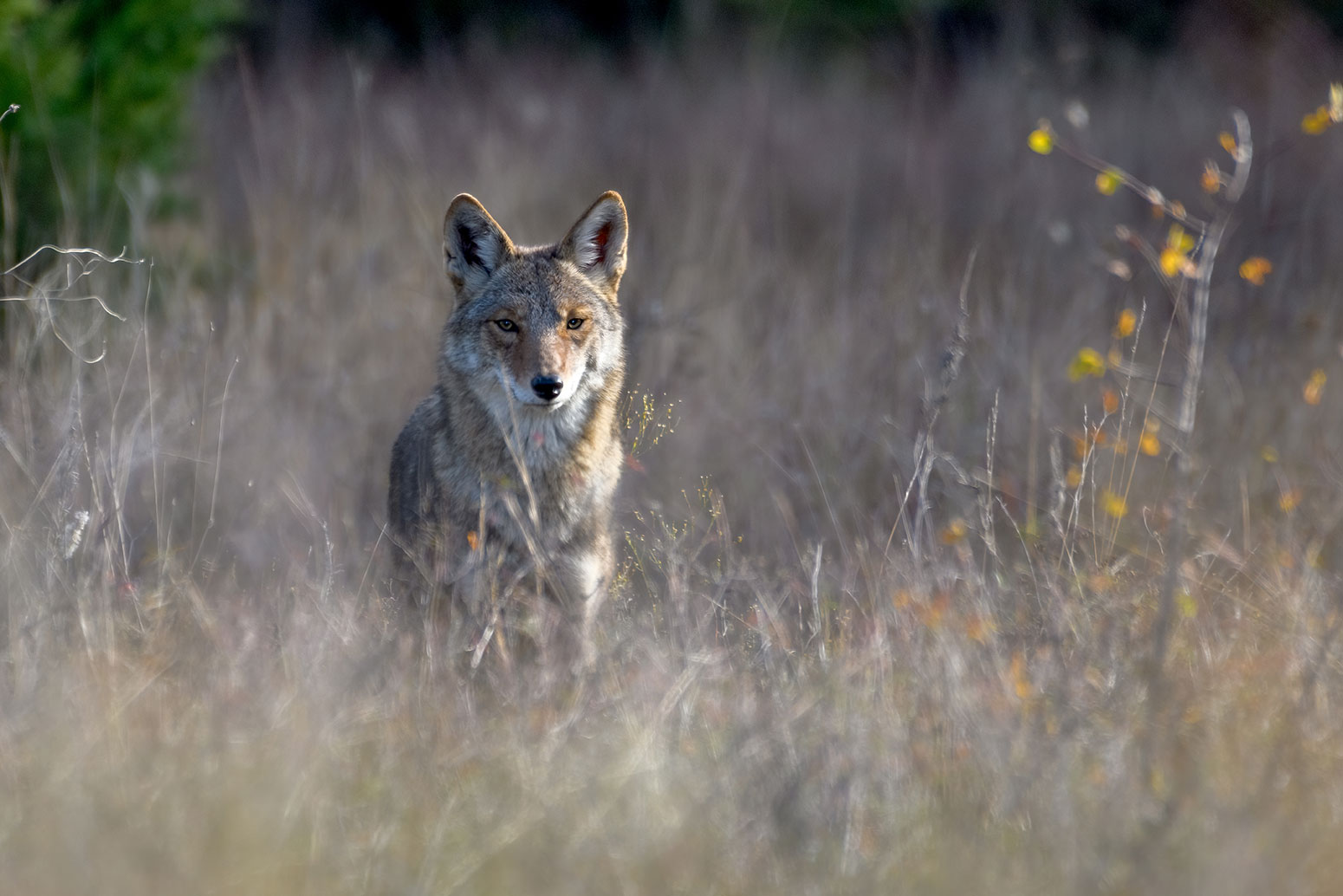
MANAGING PREDATOR POPULATIONS
Effective predator control is essential for maintaining balanced wildlife populations. While predators like bobcats, coyotes, foxes, and raccoons are necessary to keep ecosystems balanced, an overabundance can severely reduce prey populations, including game birds and deer.
Ethical predator control techniques, such as trapping, habitat modification, and regulated hunting, can help reduce predator pressure while maintaining a balanced ecosystem. Be sure to follow local regulations and approach predator control in an ethical manner to ensure long-term sustainability.
SEASONAL MAINTENANCE OF LAND
Wildlife habitat management isn’t a one-time activity; it requires ongoing, seasonal maintenance to ensure success. Adjusting food plots, controlling invasive species, and managing water sources throughout the year will help maintain healthy wildlife populations. For instance, planting food plots in the spring and conducting habitat maintenance in the summer are essential for keeping your land in top shape for both wildlife and hunting.
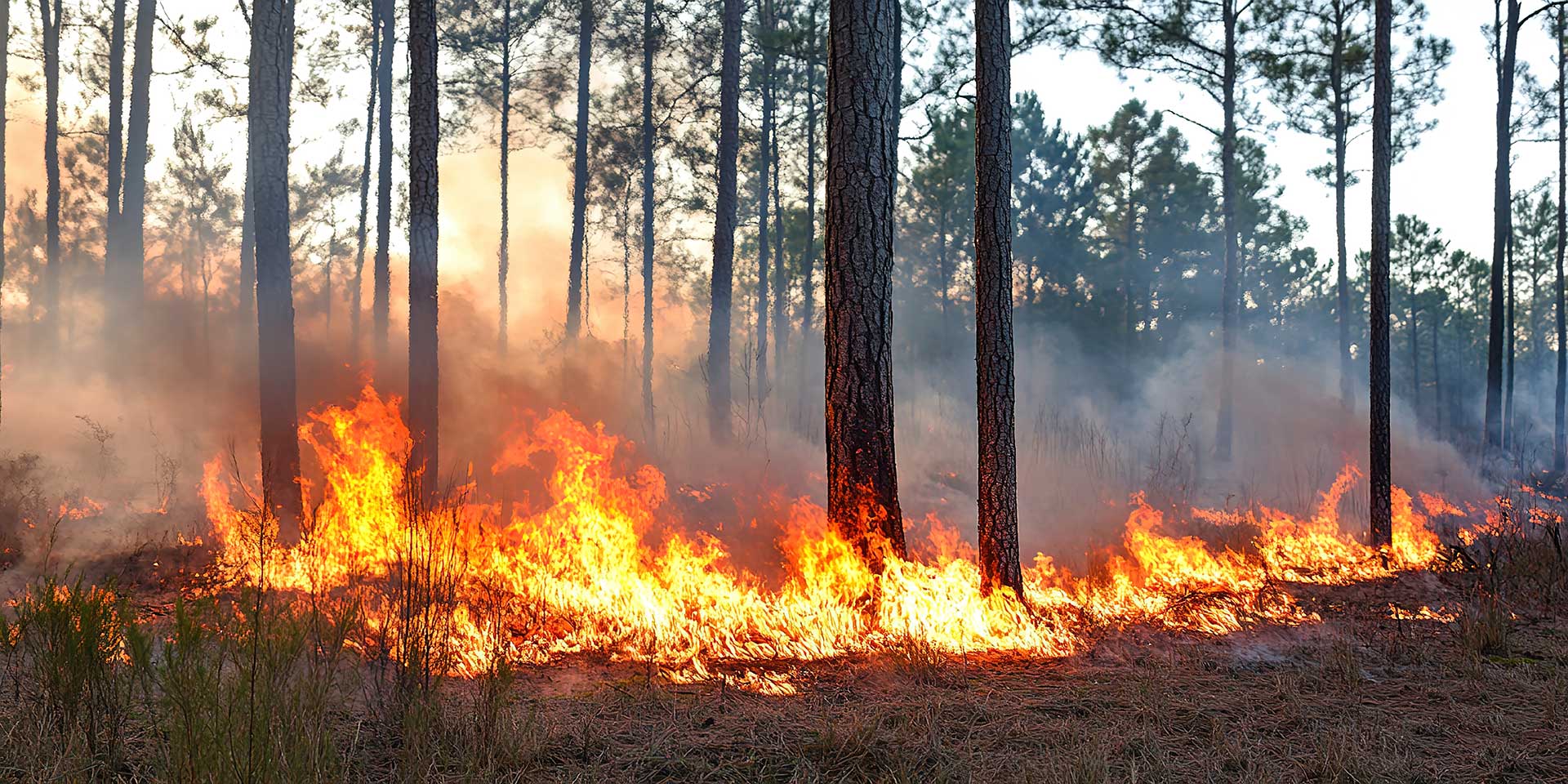
THE BENEFITS OF PRESCRIBED BURNING PRACTICES
Prescribed burning is a highly effective wildlife management tool that benefits both hunting and conservation efforts. Controlled burns help clear out dead vegetation, control invasive species, and promote the growth of new, nutrient-rich plants. This process mimics natural fire cycles that many ecosystems rely on and is especially helpful in maintaining open areas where grasses and shrubs can flourish.
Additionally, prescribed burns reduce the risk of uncontrolled wildfires by removing excess fuel, protecting both your land and its wildlife. For landowners interested in sustainable land management, prescribed burning offers an environmentally friendly way to enhance habitat and increase hunting opportunities.
CONCLUSION
As a real estate broker specializing in land sales, I enjoy seeing my clients practicing habitat improvements on lands that I helped them purchase. I also enjoy talking with landowners about recommendations they can implement on their property as we are preparing them to compete on the open market prior to listing. This is just one of the ways I can help you make the most of your timberland, farmland, hunting, and recreational properties. Whether you’re preparing to sell or simply enhance your land for its highest and best use and enjoyment, I would love to meet with you and take a look at your property. I can help you prepare your property for sale and assist in finding a buyer when you are ready to list.
Feel free to reach out to me today to discuss how we can work together to maximize the value of your land. Whether it’s improving wildlife habitats or optimizing your property for better hunting, I’m here to assist landowners in Mississippi.

FAQs
- How does wildlife habitat management improve hunting opportunities?
- What are the benefits of planting native vegetation for wildlife?
- Why is predator control important in wildlife management?
- How do mast trees enhance the habitat for game species?
- What are the benefits of prescribed burning for land management?
- How can I attract more game birds like quail and turkeys to my land?


